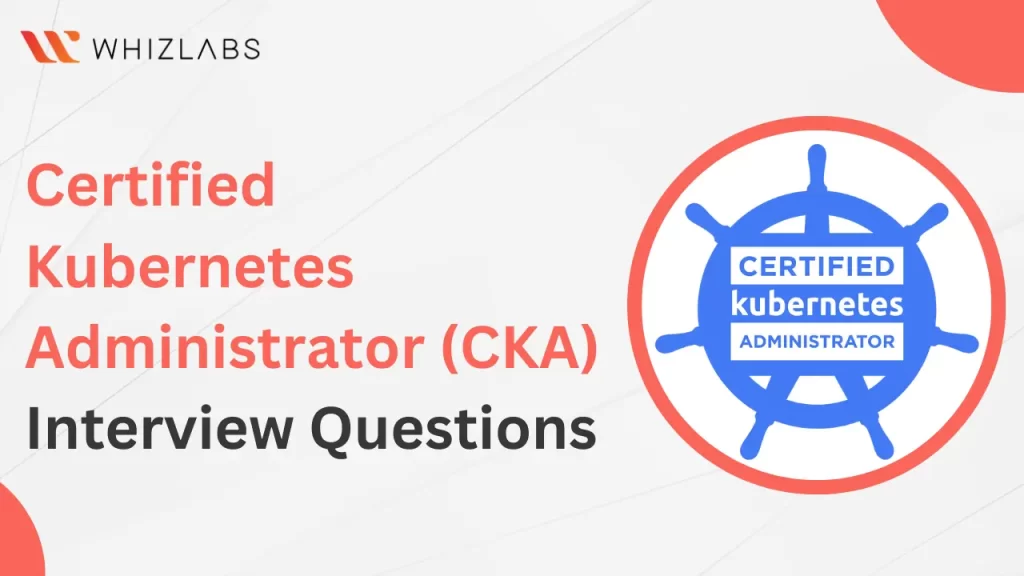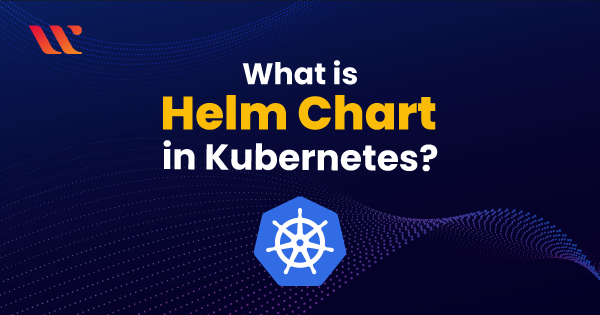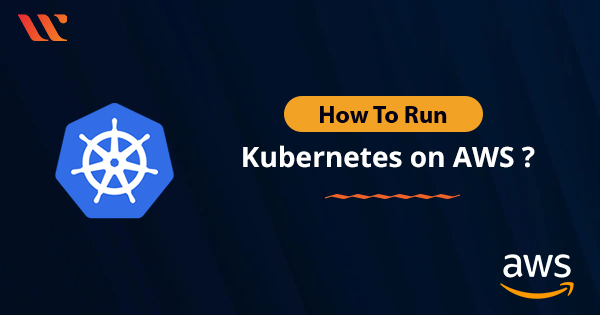Top 25 Certified Kubernetes Administrator Interview Questions
Here are some frequently asked Certified Kubernetes Administrator (CKA) Interview Questions and answers for you:
1. What is Kubernetes?
Kubernetes also termed K8s or Kube, is an open-source container-based orchestrated platform that helps automate the manual process. It will be involved in deploying, controlling, and scaling the containerized applications.
2. What are pod and node in Kubernetes?
Pods are referred to as the smallest unit of the execution in Kubernetes and are comprised of one or more containers with one or more applications and binaries. Nodes are referred to as physical servers or virtual machines that comprise of Kubernetes cluster.
3. What is the connection between Kubernetes and Docker?
Kubernetes and Docker were found to be the most popular containerized development technologies. The docker is used to package the applications into containers while the kubernetes can be used to orchestrate and control the containers available in the production environment.
4. What are the characteristics of Kubernetes?
The characteristics of Kubernetes such as:
- Automates various manual processes: Kubernetes can take full control of the server and host the container.
- Interacts with various groups of containers: Kubernetes can manage more clusters at the same time
- Provides additional services: In addition to container management, Kubernetes offers security, networking, and storage services
- Self-monitoring: Kubernetes checks the health of nodes and containers constantly
- Horizontal scaling: Kubernetes allows you to scale out the resources vertically as well as horizontally more easily and quickly.
- Storage orchestration: You can add a storage system of your choice in Kubernetes to run any of the applications.
- Automates rollouts and rollbacks: If any change is required in your application or anything goes wrong, then Kubernetes helps you to achieve automatic rollbacks.
- Container balancing: Kubernetes calculates the best location for the containers and places it in the right area to achieve load balancing.
- Run everywhere: Kubernetes is an open-source tool and you can take advantage of any cloud infrastructure such as on-premises, hybrid, or public and helps you to move workloads to anywhere you need.
5. What are the key elements of the Kubernetes architecture?
The primary parts of Kubernetes Architecture consist of:
- The API server is the cluster’s central management point, which manages all read and write requests and exposes the Kubernetes API, is the cluster’s central management point.
- etc is a decentralized key-value store that houses the cluster’s configuration information, including the status of individual pods and services.
- The daemon known as the controller manager is in charge of executing controllers, which are in charge of keeping the cluster in the desired state.
- The scheduler is a daemon that distributes pods among nodes according to resource needs and other limitations.
- The kubelet is a daemon that operates on every node and is in charge of notifying the API server of the node’s condition and initiating and halting pods.
- A daemon called the Kube proxy operates on each node to oversee network connection with pods and services.
- The pod is the fundamental Kubernetes deployment unit, and it can hold one or more containers.
- The service is a logical metaphor for pods that offer a reliable external destination for pod access.
- A cluster’s namespace is a method of resource division and organization.
- The volume: a means of storing data for pods that can be supported by a range of storage options.
6. What is container orchestration?
Container orchestration involves automating a significant portion of the operational tasks needed to operate containerized workloads and services. This includes various responsibilities that software teams must handle throughout a container’s lifecycle, such as provisioning, deploying, scaling (both up and down), managing networking, load balancing, and other related functions.
7. What is Google Container Engine?
Google Kubernetes Engine (GKE) is a fully managed Kubernetes service designed for running containers and container clusters on the infrastructure of Google Cloud. Built upon Kubernetes, which is an open-source platform for container management and orchestration developed by Google, GKE streamlines the deployment and operation of containerized applications.
8. What is a Kubernetes Namespace?
Kubernetes namespaces serve as a mechanism to partition a single cluster utilized by an organization into distinct and categorizable sub-clusters, each manageable independently. These individual clusters operate as separate modules, allowing users within different modules to interact and share information as needed.
9. List out the ways to increase Kubernetes security.
Increasing Kubernetes security is crucial to protect your cluster, applications, and sensitive data from potential threats and unauthorized access. Here are several essential practices and measures to enhance Kubernetes security:
10. What are Daemon sets?
A DaemonSet in Kubernetes is a functionality that enables the deployment of a Kubernetes pod on every cluster node that satisfies specific criteria. Whenever a new node is introduced to the cluster, the associated pod is automatically deployed to it. Conversely, when a node is removed from the cluster, the corresponding pod is also taken down.
Also Read: Guided Labs for Certified Kubernetes Administrator (CKA) Certification
11. What is Kube Proxy?
Kube-Proxy refers to network proxy and it runs on each node within a k8 cluster. It takes care of maintaining the connectivity between the pods and services. It does this by the translation of the service definitions into networking rules.
12. What is Kubelet?
Kubelet is an agent available at the node level and it is involved in executing pod needs, managing the resources, and monitoring the cluster health. Kubelet helps the IT teams connect K8s with the other APIs.
13. What are the different services within Kubernetes?
Kubernetes supports four types of services such as ClusterIP, NodePort, LoadBalancer, and Ingress. Each service has some requirements to enable them for the application and thus you need to understand everything before the deployment process.
14. What is Kubernetes Load Balancing?
The load balancer monitors the availability of pods through the Kubernetes Endpoints API. When a request is made for a particular Kubernetes service, the Kubernetes load balancer organizes the request among the relevant Kubernetes pods for the service, either in a specific order or using a round-robin approach.
15. How do you handle rolling updates in a Kubernetes cluster?
The main benefit of rolling update such that it allows the deployment update to occur with zero downtime. It can be better handled by incremental replacement of the current nodes with the new ones. The scheduling of new pods on the nodes will occur and Kubernetes will wait for the new pods to start before eliminating the old pods.
16. What is Heapster in Kubernetes?
Heapster refers to the Kubernetes project which offers robust monitoring for the Kubernetes cluster. It can be also used as a pod so that it can be managed by Kubernetes. It supports Kubernetes and CoreOS clusters. It collects operational events and metrics from each node in the cluster and stores them in a persistent backend and it permits programmatic and visualization access.
17. Explain the concept of Node Affinity in Kubernetes.
It is one of the features in Kubernetes that allows users to express the rule about pod replacement based on labels allocated to nodes in the Kubernetes cluster.
18. What are the main differences between Kubernetes and Docker Swarm?
The native and open-source orchestration platform for grouping and organizing Docker containers is called Docker Swarm. Here are several ways that Swarm varies from Kubernetes:
- First off, Kubernetes is more complex to set up but guarantees a strong cluster, and Docker Swarm is simpler to set up but lacks a robust cluster.
- Second, although Docker scaling is five times faster, Docker Swarm, including Kubernetes, does not offer auto-scaling.
- Next, although Kubernetes offers a graphical user interface (GUI) in the form of a dashboard, Docker Swarm does not.
- In a cluster, Docker Swarm automatically distributes traffic amongst containers, while Kubernetes necessitates human involvement.
19. How Kubernetes network model work?
Kubernetes adopts a software-defined networking (SDN) approach to manage communication between pods. Each pod in the cluster is allocated a distinct IP address, facilitating inter-pod communication through standard network protocols like TCP and UDP.
Upon pod creation, Kubernetes automatically generates a virtual network interface on the hosting node. This interface links to a virtual network that interconnects all pods within the cluster. This virtual network is layered on top of the underlying infrastructure network, utilizing overlay networking to ensure uniform network functionality across diverse environments.
Beyond pod-to-pod communication, Kubernetes furnishes several functionalities for service discovery and load balancing. For instance, it assigns a virtual IP (VIP) to each service, enabling pods to access services consistently via an IP address, irrespective of the service’s node. Moreover, Kubernetes employs an in-built load balancer to distribute incoming traffic across the pods supporting a service automatically.
20. How to monitor the health and performance of a Kubernetes cluster?
Kubernetes addresses the storage needs of stateful applications by employing Persistent Volumes (PVs) and Persistent Volume Claims (PVCs):
Persistent Volume (PV): A PV serves as a cluster-wide resource, representing networked storage within the cluster. This storage can be in the form of a physical disk or network-attached storage (NAS). The responsibility for the provisioning and management of PVs lies with administrators.
Persistent Volume Claim (PVC): On the other hand, a PVC is a user or application’s request for a specific amount of storage resources. It acts as an abstraction layer, allowing developers to request and consume storage resources without dealing with the underlying complexities. A PVC binds to a suitable PV based on matching capacity and access modes, fulfilling the storage requirements specified by the user or application.
24. How does Kubernetes handle service discovery and load balancing?
Kubernetes employs two key components to handle service discovery and load balancing:
1. Services: Kubernetes services offer a consistent network endpoint for accessing a group of pods. Acting as an abstraction layer, services provide clients with a stable way to connect without requiring knowledge of individual pod IP addresses. Kubernetes assigns a virtual IP address and DNS name to the service, enabling traffic load balancing among the associated pods.
2. kube-proxy: Operating on each node within the Kubernetes cluster, kube-proxy functions as a network proxy responsible for managing network routing and load balancing for services. It ensures that traffic directed to a service’s virtual IP address is appropriately distributed among the underlying pods, facilitating efficient load balancing across the cluster.
25. What are headless services?
- Top 25 AWS Data Engineer Interview Questions and Answers - May 11, 2024
- What is Azure Synapse Analytics? - April 26, 2024
- AZ-900: Azure Fundamentals Certification Exam Updates - April 26, 2024
- Exam Tips for AWS Data Engineer Associate Certification - April 19, 2024
- Maximizing Cloud Security with AWS Identity and Access Management - April 18, 2024
- A Deep Dive into Google Cloud Database Options - April 16, 2024
- GCP Cloud Engineer vs GCP Cloud Architect: What’s the Difference? - March 22, 2024
- 7 Ways to Double Your Cloud Solutions Architect Role Salary in 12 Months - March 7, 2024



